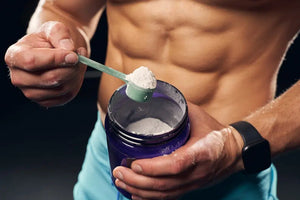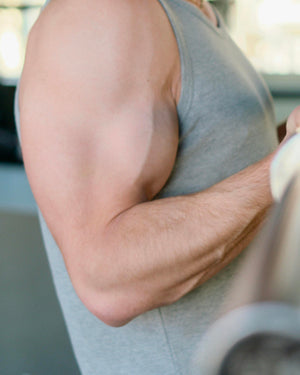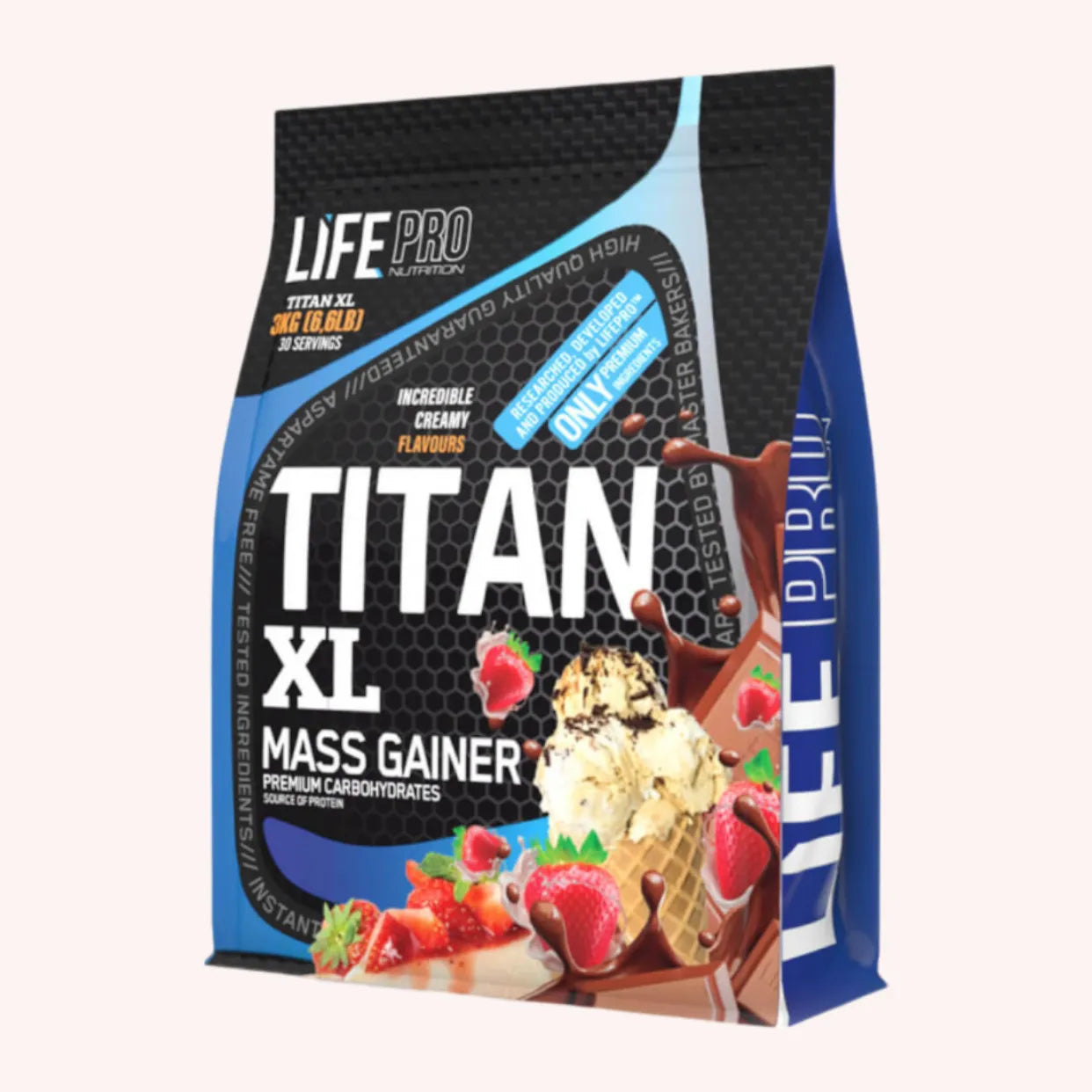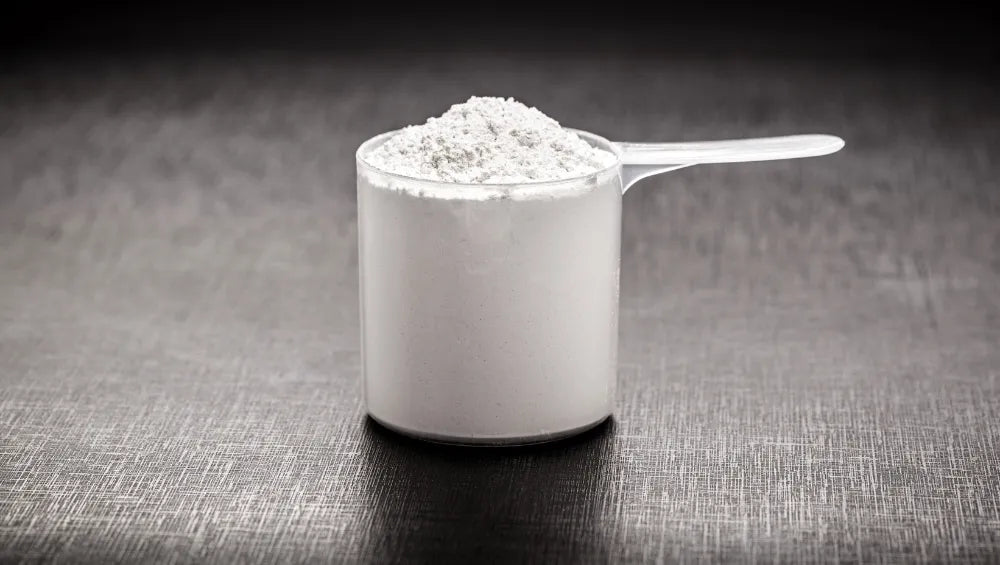Having muscular pecs is a goal of many bodybuilders, both men and women. There are a variety of exercises that specifically target this part of the body to develop strength and endurance. The best exercises for working the pectoral muscles, with particular attention to their correct execution, are listed below.
Barbell bench press
One of the most popular exercises for building chest muscles is undoubtedly the barbell bench press. This exercise primarily targets the middle bundles of the pectoralis major, but also involves the triceps and anterior deltoids.
Performing the barbell bench press
- Lie on a flat bench and place your hands in pronation (palms facing forward) on the bar, spreading your arms slightly wider than shoulder-width apart.
- Lift the bar out of its rack, positioning it above your pecs with a grip slightly wider than shoulder-width.
- Inhale slowly as you lower the bar until it lightly touches your chest, just at nipple level, and contract your pecs.
- Exhale as you raise the bar until your arms are straight, without locking your elbows.
It's important to ensure slow, controlled execution to avoid injury and reap the benefits of the barbell bench press. Perform multiple sets of this exercise for best results.
Incline Dumbbell Press
The incline dumbbell press specifically works the clavicular bundle of the pectoralis major, which is used a lot to add volume to the upper pecs . This exercise also involves the anterior deltoids and triceps.
Performing the incline dumbbell press
- Set an incline bench to about 45° and sit down with a dumbbell in each hand, placing your hands in pronation (palms facing forward).
- Bring the dumbbells to chest level with your elbows turned down and slightly outward.
- Exhale while pushing the dumbbells upward until your arms are fully extended but without locking your elbows.
- Inhale as you slowly return the dumbbells to your starting position.
The incline dumbbell press offers a greater range of motion than the same exercise performed with a barbell, allowing for greater engagement of the pectoral muscles.
Lying flyes
The lying fly is a strength training exercise that isolates the pectorals and helps improve their definition and stretch . It can be performed with dumbbells or cables.
Performing lying flyes
- Lie on a flat bench with your feet firmly planted on the floor. Hold a dumbbell in each hand and place your hands perpendicular to your torso (palms facing each other).
- With your elbows slightly bent, slowly open your arms until you feel tension in your pectoral muscles.
- Exhale as you slowly bring your hands together, contracting your pecs strongly to return to your starting position.
To ensure the effectiveness of this exercise, it is important to perform a broad and controlled movement and to pay careful attention to the position of your wrists and elbows throughout the exercise.
This exercise can also be performed on an incline bench to better work the upper part of the pectorals.
Incline Dumbbell Fly
The Incline Dumbbell Fly primarily works the clavicular bundle of the pectoralis major and also helps to add volume to the upper part of the pectorals.
Performing the Incline Dumbbell Fly
- Set an incline bench to about 45° and sit down with a dumbbell in each hand.
- Hold the dumbbells above your head with your arms slightly bent and palms facing each other.
- Slowly open your arms, lowering the dumbbells outward, until you feel tension in your pecs.
- Exhale while returning the dumbbells to their initial position by strongly contracting the pectoral muscles.
This exercise requires good coordination and technique , so it is recommended to use light or moderate weights to avoid injury.
Dips: To strengthen the lower pectorals
Performing dips helps build your pectoral muscles, especially the lower part, as well as your triceps. They are performed using two parallel bars and can be made more challenging by using additional weights attached around your waist.
How to do dips?
- Firmly grasp both parallel bars and propel your body upwards, arms outstretched.
- Tilt your torso slightly forward to engage your pectorals.
- Slowly lower yourself down, bending your elbows until your arms are parallel to the floor, always keeping your back straight.
- Then push up to return to the starting position, without locking your elbows.
Pumps
Push-ups are a versatile exercise that targets not only the pectorals but also the triceps and anterior deltoids. They can be performed without equipment, anywhere, and the difficulty can be adjusted to suit each individual's fitness level. This makes them a perfect exercise for building chest muscles.
How to do push-ups?
- Place yourself in a gainage position, body tense, supported by your hands spaced wider than your shoulders and your feet together.
- Lower your torso by bending your elbows until your pectorals touch the floor.
- Push up by pushing the ground with your hands while contracting your pectorals.
There are variations of push-ups (on the fists, with the feet raised, etc.) to vary the pleasures and difficulties of the exercise:
- Classic push-ups: Feet on the floor, hands slightly wider than shoulder-width apart.
- Incline push-ups: Feet elevated on a stable surface (such as a bench) to increase the intensity of the exercise.
- Decline push-ups: Feet on the floor, hands placed on a raised surface to reduce the intensity of the exercise.
- Diamond Push-Ups: Feet on the floor, hands together forming a triangle under the chest. This exercise specifically targets the triceps.
Strengthen your pectorals with peace of mind: Practical advice
To best build your pectoral muscles and achieve the desired results, you should follow certain tips:
- Don't neglect warming up to prepare your muscles and avoid injuries.
- Alternate the exercises to work the entire pectoral area (upper, lower, split).
- For effective mass gain, favor short sets with heavier loads.
- It is essential to also work the back to maintain muscular balance.
- Remember that nutrition plays an important role in achieving your goals: Consume protein to help build and repair muscle.
- Finally, give your body the time it needs to recover between workouts.
Strengthening the pectorals: In summary
Make sure you perform each movement with caution and seek professional supervision if necessary. Also, always adjust the weight and number of repetitions to your fitness level and progress gradually to avoid injury or muscle imbalance.









